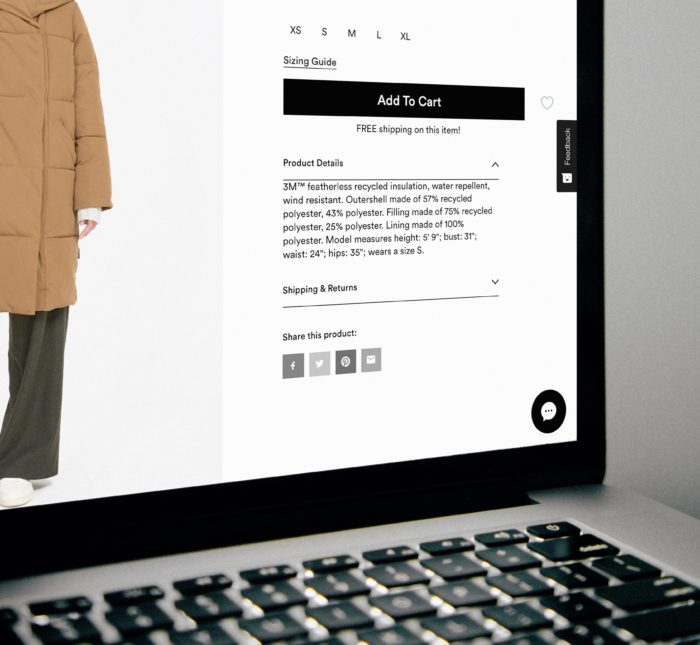First introduced in 1979 by Michael Aldrich, the concept of ecommerce has been deeply entrenched into the lives of modern people for the last few decades. Many believe that the world would never be the same without the ease and convenience afforded by this technology.
More and more people are relying on buying things they need online. Ecommerce, unsurprisingly, experienced a staggering growth to the tune of $2.8 trillion in 2018 alone. It is expected to hit $4.5 trillion by 2021.
The rate with at which ecommerce trends change and evolve does not show any sign of slowing down anytime soon. That is why businesses should be smart enough to keep up with the trends to stay updated and competitive.
This year, you should maintain the momentum by knowing the important trends that can make or break your ecommerce strategy. We have gathered some of them here to help you stay on top.
Mobile Optimization
The reality nowadays is that people love mobile devices. Reading the news, accessing emails, and even browsing the web is now done on devices like smartphones and tablets. In fact, the bulk of traffic shares comes from smartphones at 58%. However, desktops still enjoy a large share with 52%.
What does this mean for businesses? Desktop traffic cannot be neglected, but it is logical to start updating and testing websites for mobile use. A mobile-friendly site appeals to more users, and it might even eat up more order shares in the future.
Personalized Experience
Personalization is an integral component of any digital marketing strategy, even more so in ecommerce. Consumer preference cites personalized experience as a top reason for spending more. Where their experience is personalized, 48% of consumers spend more. Also, 41% of consumers switched companies because of poor personalization.
Gartner said that those who successfully incorporate personalization in ecommerce would see a profit boost of 15% by 2020. Some of the brands which have succeeded in personalizing consumer experience include At Home in the Country which showcased its product recommendations below each product and increased revenue by 13%.
Multiple Channels
Using multiple channels is one of the priorities that retailers should consider when it comes to ecommerce. As a matter of fact, 22% of North American retailers consider it their top priority. A study conducted by HBR involving 46,000 shoppers found that 73% of those surveyed used multiple channels to do their shopping.
However, going for multiple channels could be costly. The 30% of surveyed respondents said that budget constraints hold them back from providing multi-channel experiences to the consumers. Other obstacles include poor data quality, lack of internal organization, and customer analytics across all channels.
Looking at the present situation, however, it is imperative that businesses slowly transition to incorporating four or more digital channels to their campaigns, because studies show that most businesses doing so outperform by 300% competitors that are only using single or two channels.
Customer Service Automation
It is predicted that by 2020, 85% of all customer interactions will be handled without the need of a human agent. Automation is the name of the game. With it, solving problems and handing out resolutions become faster and more efficient. Customers who want a quick transaction can be easily satisfied by automated service.
It is also found that 42% of B2C customers purchase more after a good customer service experience, while 52% stopped buying after one bad customer service interaction.
Ninja Trader is a testament to the wonders of customer service automation, with the company having answered more than a million tickets by using HelpSpot to provide quick and accurate support to over 40,000 brokers and sales partners.
Cryptocurrencies as a Payment Method
Many people have now come to appreciate the convenience of cryptocurrencies which carry very low transaction rates, put at about 0.3%. Even one of the PayPal executives believes that there is a ‘very high likelihood’ of Bitcoin becoming a popular payment method.
According to Alacer, one retailer had $2 million alternative currency sales in the first five months of 2018, with a 60% boost in new customers, after adding cryptocurrencies as a payment method.
Swift and Efficient Delivery
The biggest challenge that many businesses face is the struggle to deliver products on the same day, as 77% of warehouses indicated. The thing is that most shoppers expect high street retailers to offer same-day delivery.
One can see the effect of including this special service in the offers. When Macy’s partnered with Deliv in 2015, making same-day delivery available at only $5, the company managed to bag the spot as the second-largest online apparel in 2016.
Curation and Monthly Payment Models
Subscription box models hold a promising future for many businesses. In 2016, subscription brands’ revenue reached $2.6 billion. In fact, 58% of ecommerce service subscribers have multiple active subscriptions. By adding this feature to their online campaigns, many businesses could reap amazing rewards, including an increase in revenue and reduction in cost per sale.
Bottom Line
Since the advent of the internet, it cannot be denied that businesses must keep up with the times and tailor their strategy to accommodate online transactions. As ecommerce grow by leaps and even more so in the years to come, it is only sensible that they apply these present and future trends to keep flourish.
2019 could become your year if you handle the ecommerce aspect right from the very start. For more information, check out this infographic on stats & trends on the future of ecommerce.
